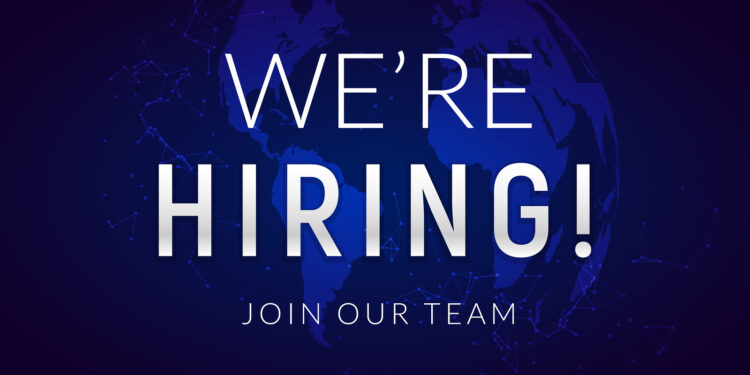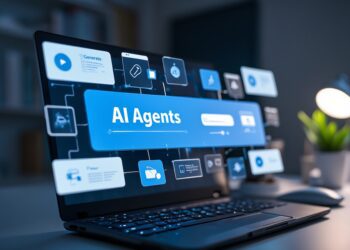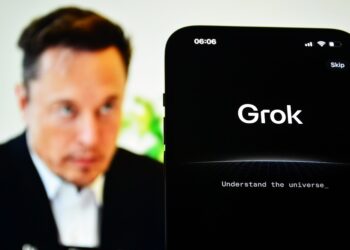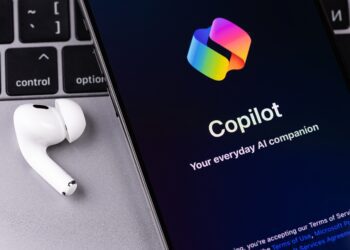Will new AI-powered tools disrupt the traditional process of submitting resumes and attending interviews, and how can hiring managers adapt?
Artificial intelligence is having a lopsided impact on recruitment, with jobseekers willing to experiment with AI tools while the companies to which they’re applying take things slowly.
Many companies are cautious of building AI into their hiring processes, with many HR professionals expressing concern about the software’s potential for bias. But AI is already seeping into the hiring process as candidates can use free online tools to rapidly build out resumes and target cover letters to job postings.
While just 27 percent of hiring professionals surveyed by LinkedIn as part of its Future of Recruiting 2024 report said they’re currently using or experimenting with generative AI, as many as 48 percent of candidates are already using AI in their job search, according to recruiting software provider Greenhouse. Top tasks include writing CVs (45 percent), writing cover letters (41 percent), and answering job application questions (36 percent).
For Jenny Frestadius, EQT Group’s Global Talent Acquisition Director, this adoption gap means that employers need to step up their game in the face of a new generation of ultra-polished candidates. “I don’t think they’re necessarily going to hire worse or less good candidates,” she admits, but warns that “you can imagine what will happen if the candidates are super prepared and you’re not.”
An AI-infused arms race
Many companies have avoided rushing into using AI in recruitment, fearful of introducing bias into the hiring process. Amazon, notably, was reported in 2018 to have scrapped an internal project that attempted to vet job applications with AI; its male-dominate training data had initially made it biased against female candidates. While Amazon said the tool was never used to evaluate candidates, concerns linger. Forty percent of HR managers who responded to a Greenhouse survey stated that AI can introduce bias against historically under-represented groups.
Employers are clearly reluctant to outsource important decisions to a computer. By far the most common use for AI highlighted by recruiters surveyed by LinkedIn was writing job descriptions. Fifty-seven percent of those using AI said the technology made crafting job listings quicker and easier. Other stated AI benefits included automating tasks to spend time on more fulfilling work (cited by 45 percent of AI users) and removing daily mundane tasks (42 percent).
Offering the human touch
The longer-term result of these new technologies is likely to be a profound change in the kinds of work recruitment professionals have to do.
Far from cutting humans out of hiring, however, Gordon argues they’ll be more necessary than ever to craft an overall application experience. There’s a fine balance to be struck between attracting and whisking in-demand candidates through with minimal effort while screening out a deluge of job hunters who can fire off tailormade job applications as fast as ChatGPT can generate them.
No one likes to feel like they’re part of an excessively automated process, which can be exacerbated in an era of remote working and video interviews. So it’s more important than ever for recruiters to build real relationships with potential candidates where possible and do so in a way that feels authentic to a job-seeker. For example, Handshake, which bills itself as a career social network built for Gen Z, recently introduced a scrollable feed that contains short-form videos and career advice alongside more typical job postings and recruitment event listings.
“This is very much in the zeitgeist of what students want and expect,” the company’s co-founder and CEO Garrett Lord told Forbes. Recruiters surveyed by LinkedIn said that communication, relationship-building, and adaptability will be the most important soft skills needed by recruiters in the next five years.
The challenge of finding, engaging and retaining capable candidates has never been greater. But by being efficient where they can, recruiters can focus their efforts where the human touch can make the greatest difference.












